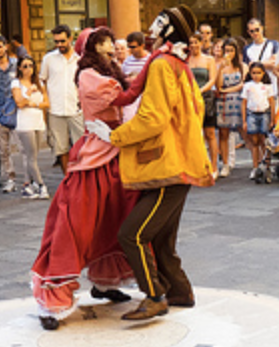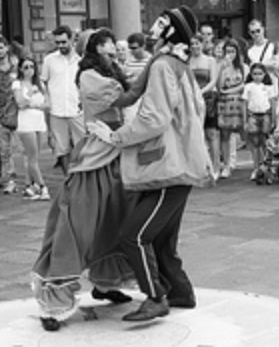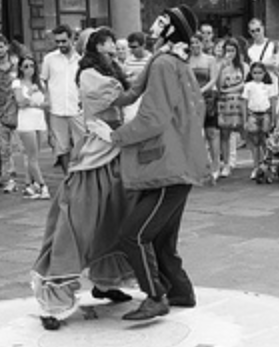G
reyscale is another way of saying monochrome, or one-coloured, or more precisely one-hued. Monochrome is maybe a better word as greyscale does not really have to be grey, but we’ll stick with the word greyscale, to mean an image in different levels of brightness of the same hue.
Different brightnesses of one hue: therefore by converting an image to greyscale we get a picture of how bright or dark each pixel is. Or should do in theory.
There are, though, different formulas for converting a colour image to greyscale, and they do not all give the same results as you can see by looking at the two greyscale conversions of a colour photo on the left which use different formulas for converting the colour image. Both formulas on a monochrome conversion look fine, it is when the conversion needs to be for comparative purposes that the formula becomes significant. The leftmost of the monochrome images uses a gamma-adjusted formula and the rightmost a linear one; probably the left one is the more percetually convincing.
Formula differences are explained more fully on
Greyscale Formulas and an example showing how different results can be depending on which formula is used, on
Greyscale Comparisons.
Perceptually, we are able to distinguish differences in brighter shades more closely than we are darker ones, so it can be more practical to convert colour to greyscale non-linearly (see
Frequently Asked Questions about Gamma by Charles Poynton). This is especially demonstrable when looking a text legibility over a background, see
Text Readability in Colour.


